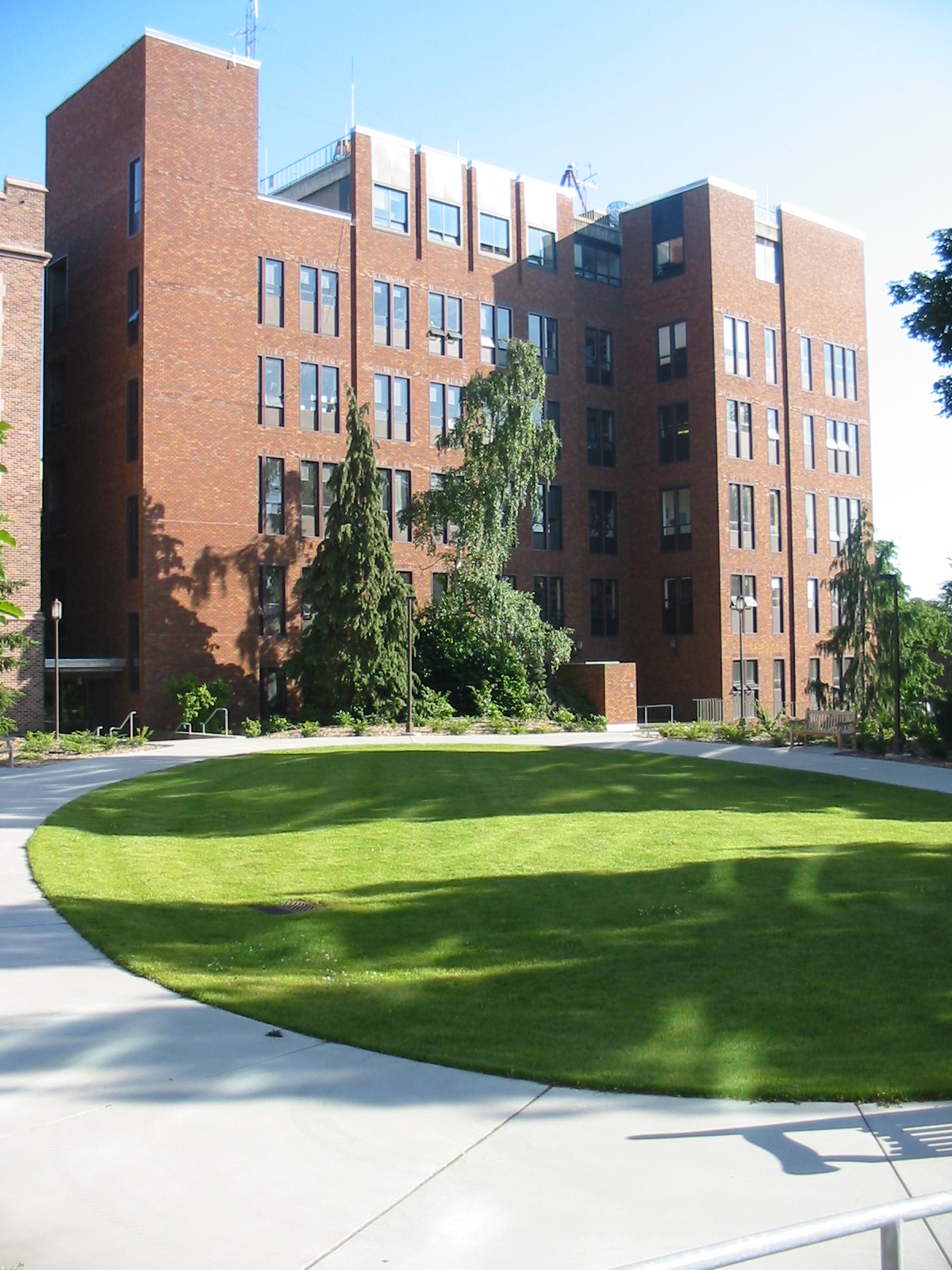Many of us will have noticed that the lights in communal areas of UW buildings often get left on even after the last person in the area has left. This wastage is likely to occur overnight, at weekends and over holidays. Even if they know where the switch is, people are unsure whether to turn off communal lights since they do not know if they are the last person remaining. Based upon the type and number of light fittings in my corridor, I estimate that ~13,000 kWh of electricity per year are wasted in ATG/Johnson Hall alone. This costs ~$5,500 per year and is enough electricity to power a student’s residence hall room (at 3 kWh per day) for almost 83 years! Scaled to the whole campus the wastage is very large indeed.
The reduction of energy usage dovetails into UW’s sustainability-on-campus drive. Reduction of electricity usage at the point of use is recognized as one of the most effective ways of scaling back energy generation requirements at the power plant level due to the large loss of energy in transmission. With a growing population Seattle needs to increase efficiency in order to meet future needs using renewables.
We propose to install motion activated light switches with light level sensors, which will switch off automatically after a specified amount of time if no motion is detected. If someone walks into the area then the lights will switch back on in that area. The lights will also switch off when there is enough sunlight available. Such switches are readily available at reasonable cost and these systems have been implemented in many other buildings. One example is at Manchester University in the UK. The technology is well-proven and installation is relatively easy. Compatibility with light fittings should not be an issue since the devices operate at the switch level and are stated to be compatible with several types of light.
We propose a pilot scheme with installation on 3 floors of a building. We would also install metering devices on the chosen floors to monitor the electricity use. For the first 2 months of the project we will run with the new switches active for one week and then not active for the next week, and so on. This will allow a comparison between the weeks that do and do not have the new switches working and thus enable us to quantify the effects of the scheme.
We realize that this project has several practical considerations. It will require qualified technicians to perform the installation to UW’s standards. We will work with Facilities Services and the Building Coordinators to determine whether the project would be allowed and whether we would have to hire outside contractors, or could use UW installers.
We propose that many of the planning, auditing and outreach aspects of the project will be handled by 3 students (most likely from the Electrical Engineering department), working on a volunteer basis, or as part of their academic course. Students would be tasked with deciding what particular system would give the optimal balance between compatibility with the existing systems, practicality, effectiveness, cost and environmental impacts. They will also have to make choices about how to obtain the desired data and how to separate the impacts of the light-level and motion switches. They will also be involved in the writing of the proposal and in the outreach projects (described shortly). It is also hoped that the final results can be documented in a paper in a journal, or in a news article. Thus, they will gain invaluable experience in several areas.
The student supervision will be done by Dr. Daniel Grosvenor (UW research staff) and Prof. Robert Wood (faculty) and we will also act as mentors for the project management. We also hope to work with a faculty member from Electrical Engineering to potentially provide links to current academic programs and to provide technical knowledge.
We have several ambitions regarding education and outreach. The project will be readily apparent to the occupants of the chosen building especially if the motion or light sensors are triggered to switch the lights on or off. We will inform local users about the project through meetings and by producing small posters placed next to the light switches to explain their action, with larger posters on noticeboards in the affected corridors. To improve visibility outside of the pilot building we will write articles for the UW sustainability website, the UW news email, other sustainability initiative websites, student newsletters and potentially local press. With the latter in mind we will coordinate with the press office to write a press release. We will also give a few seminars on the project to explain the idea and the results of the measurements made with the aim of convincing UW to roll out the scheme to all UW buildings.
The estimated budget is:
Parts and installation
- Based upon online prices: $75 for necessary parts for one switch system (one each of: light sensitive switches, motion switches and electricity meters)
- 5 such switch systems per floor over 3 floors: $1125.
- We estimate installation to require 16 hours per floor. Assuming labor costs of $60/hr gives $2880.
Outreach
- Posters: $100
- Seminars: $150
15% contingency: $638.25
TOTAL budget: $4893.25
Deadlines and required action (2012-2013):
- December 1st: Sourcing of 3 students and faculty member with expertise in the area.
- December 31st: Preliminary research into the technical aspects performed and draft proposal written.
- January 7th : Proposal submitted.
- March 1st : Final technical details specified. Posters put up and seminars given to explain the system.
- March 25th (spring break): Installation and testing begins.
- April 1st (start spring quarter): System online and data gathering begins.
- June 7th (end spring quarter): Data gathering ends. System is permanently switched on, if successful.
- September 25th: Data analysis finished. Seminars, news articles, blogs and a scientific paper describe the project results.
